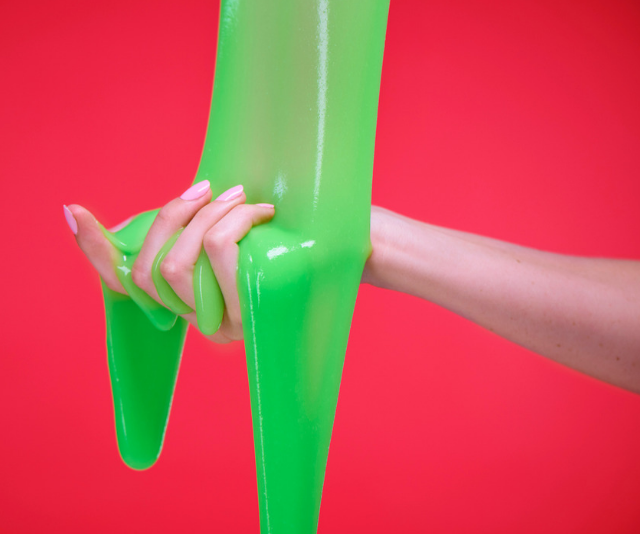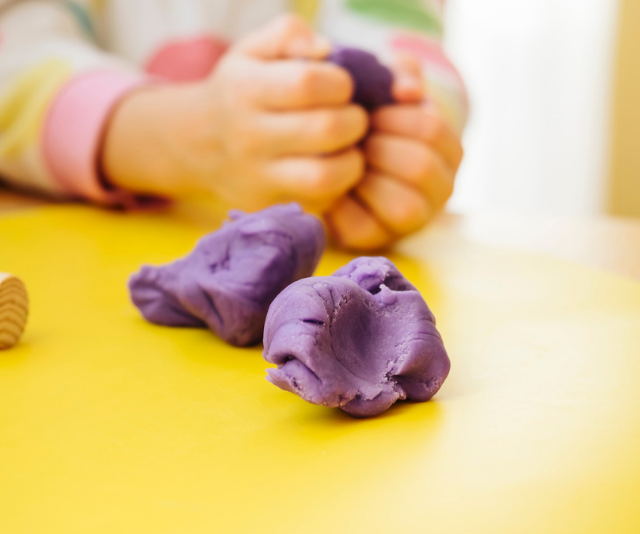Indoor plants are the perfect option for sprucing up a tired space in your home.
With many having air-purifying qualities and other health benefits as well, it makes sense to have some lush greenery in your home.
However, like all things, there is the potential for young children and pets to get involved and messy with your indoor plants. However, when it comes to plants, mess is not the only potential disaster, plants can be toxic and a danger to your children if ingested.
Choosing non-toxic plants for your home
KidSafe NSW has some great advice around identifying toxic plants and poisoning.
If you’re worried about a certain plant in your home, they suggest taking a photo or a piece fo the plant into your a local plant nursery, forestry or botanical agency to identify it and any risks it may pose to your children and pets.
The symptoms of pant poisoning are:
• Stomach cramps
• Nausea or vomiting
• Irregular heart beat
• Burning to the mouth
• Convulsions (fits)
In cases of suspected poisoning contact the Poisons Information Line on 13 11 26 for 24 hour advice.
However, that being said, there are plenty of options for indoor plants that are safe for kids and pets to be around. We’ve gathered up 10 of our favourite for you in the gallery below.
Gallery begins after video …
10 child-friendly indoor plants for your home

Jade (Crassula ovata): This plant is safe for kids, but toxic to your pets. Easy to care for and easy to harvest. You can snap some off, stick it in soil and in a few weeks a new plant will grow. It prefers warm, dry conditions, so you won’t need to water too often. Image: Getty Images.

Christmas Cactus (Schlumbergera): Safe for kids and pets Christmas Cactus is a popular choice for home plants. As part of the cactus family, it won;t need to much watering or attention, but look after it well and Christmas time you will be rewarded with it’s beautiful blloms. Image: Getty Images.

Parlour Palm (Chamaedorea elegans): This popular plant is non-toxic for both your kids and your pets. This slow growing palm is perfect for indoors, as it loves low-light and doesn’t need to much watering. Image: Getty Images.

African Violet (Saintpaulia): Safe for kids and your pets, the African Violet is a popular choice for novice gardeners. Suitable for indoors and outdoors, it’s small size and low maintenance needs make it a pretty choice for busy families. Image: Getty Images.

Rubber Plant (Ficus elastica): This one is safe for your kids, but toxic your pets. Super popular with interior designers for it’s lush waxy leaves, Rubber Plants can be found in many modern homes. It loves sunlight and needs a bit of attention, but look after it well and you will be rewarded. Image: Getty Images.

Snake Plant or Mother-in Law’s Tongue (Sansevieria trifasciata): This is another hardy plant which is safe for kids, but toxic for pets, so be careful of placement. This plant is perfect for those whose thumb is far from green. You can basically forget it exists and it will still thrive. Known for it;s air purifying qualities, it’s becoming super popular in recent times. Image: Getty Images.

Spider Plant (Chlorophytum comosum): This super-tough plant is safe for kids, and safe for pets and neither of them will be able to destroy it. Winning! Image: Getty Images.

Boston Fern (Nephrolepis Exaltata): You’ll surely be familiar with this hardy fern. Safe for both kids and pets, it graces many a home. With the rare requirements of needing cool, humid places with indirect sunlight, it’s perfect for the lonely corners of your home. Image: Getty Images.

Coleus (Plectranthus Scutellarioides): Safe for both children and pets, this hardy little plant is a great one for children to grow. Pop a cutting of Coleus in water and roots will sprout ready for you to replant. Image: Getty Images.

Begonia (Begonia Obliqua): Safe for children and pets, Begonias are making a comeback in popularity. You might have had them in your place growing up, and now it’s time for them to add a splash of colour to your place. There are tonnes of varieties, but the rhizomatous and the fibrous-rooted are the best for indoors. Image: Getty Images.

